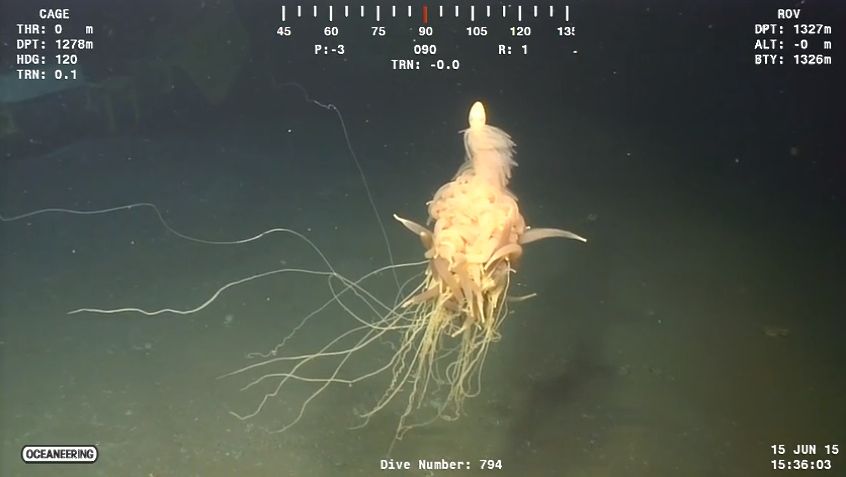-
Tips for becoming a good boxer - November 6, 2020
-
7 expert tips for making your hens night a memorable one - November 6, 2020
-
5 reasons to host your Christmas party on a cruise boat - November 6, 2020
-
What to do when you’re charged with a crime - November 6, 2020
-
Should you get one or multiple dogs? Here’s all you need to know - November 3, 2020
-
A Guide: How to Build Your Very Own Magic Mirror - February 14, 2019
-
Our Top Inspirational Baseball Stars - November 24, 2018
-
Five Tech Tools That Will Help You Turn Your Blog into a Business - November 24, 2018
-
How to Indulge on Vacation without Expanding Your Waist - November 9, 2018
-
5 Strategies for Businesses to Appeal to Today’s Increasingly Mobile-Crazed Customers - November 9, 2018
Siphonophore nicknamed flying spaghetti monster captured on camera
They identified the creature as a siphonophore, a relative of jellyfish and corals. The creature’s appearance startled the engineers aboard the BP rig, but biologists were more than pleased to review the footage and identify the monster.
Advertisement
During a routine operations near an oil well, a team from BP using remotely operated underwater vehicle (ROV) captured a freakish looking marine creature and nicknamed it as the “flying spaghetti monster”.
Despite what everyone keeps saying, the odd thing is not a bowl of spaghetti turned upside down in water that somehow caught life. BP crews stated that they did not know what the noodle-armed creature was, and called it ‘the deity of the Church of the Flying Spaghetti Monster.
It might look like on organism, but it’s actually a colony of smaller organism known as zooids.
The fans of the famous atheist Richard Dawkins are surely acquainted to the “flying spaghetti monster”, which is a term that was first devised by Bobby Henderson in his open letter to the Kansas School Board.
And each zooid has a job to do.
Some zooids are specialized on feeding, others are specialized on reproducing, while others are just hanging around. According to data on siphonophores, one zooid develops from a fertilized egg; this starts the process and other zooids form out of the original one until they form an entire animal. According to the website, there are about 175 discovered species of siphonophore. While several B. conifer specimens have been described, researchers don’t often see these creatures in their native habitats, Munro told Live Science. These lifeforms are marked by two main body parts, connected by a long stem. Up top, there is a pneumatophore, a gas-filled “float” that looks kind of like a big bubble – that is the bulbous-looking thing sticking out from the top part of the spaghetti monster. They are colonial animals that are usually composed of thousands of zooids. It appears that the creature has noodly appendages. This species is also marked by its distinctive ptera, or side wings. After noticing that the tentacles do not have side branches, he deduced that it was a specimen of Bathyphysa conifera.
Advertisement
A namesake website is dedicated to these unusual animals.




























